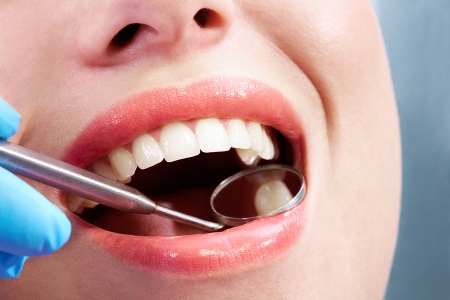WHAT TO EXPECT WHEN YOU GET A CAVITY FILLED
Areas of tooth decay, also referred to as dental caries or cavities, occur when the bacteria in the mouth release acidic byproducts that wear away the tooth enamel. Many people have cavities without realizing it. If left untreated, a cavity can grow worse. Eventually, it may result in dental pain and perhaps even tooth loss. It’s best to prevent tooth decay from occurring by visiting a dentist every six months and practicing good oral hygiene at home. If you do develop a toothache and you live in Belmont, you should see your dentist right away.
Numbing the Area
Thanks to local anesthetics, your dentist can treat your cavity without inflicting any pain. First, he or she will dry the area with sterile gauze or air. Then, the area will be swabbed with a gel that has a numbing effect. This alleviates discomfort from the subsequent injection of anesthetic. The area will remain numb for several hours.
Removing the Decay
Once the area is fully numb, your dentist may place a rubber dam around the tooth. This is a small piece of thin rubber that prevents debris from getting into your throat. Your dentist will then choose an appropriate size of bur, which is a metal cone fitted to the dental drill. This instrument is used to remove the decayed portion of the tooth. The drilled hole may need to be shaped to allow the filling to fit properly.
Placing the Filling
A liner may be placed in the bottom of the hole to protect the pulp. To place a bonded filling, the dentist may use an acid gel to etch the tooth. This creates very tiny holes in the tooth that the filling will adhere to. After placing the filling material, a special light might be used to harden or cure it. Then, the dentist can finish shaping and polishing the filling so that it blends in with the natural tooth.
Providing Aftercare Instructions
Your dentist will instruct you to avoid eating until the anesthetic wears off. You may experience some mild and temporary tooth sensitivity. If it does not resolve within a week or two, you can call your dentist for further instructions. Once the anesthetic wears off, you may notice that the tooth with the filling appears higher than normal. You may need another office visit to file the filling material down a little bit more.

